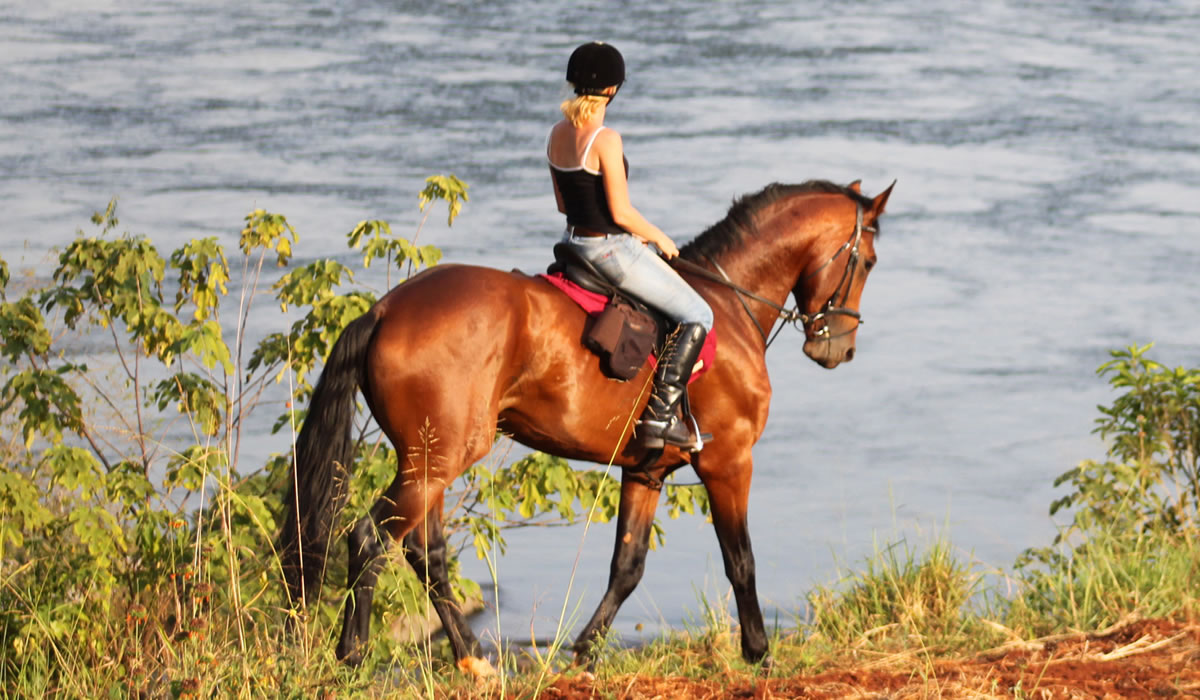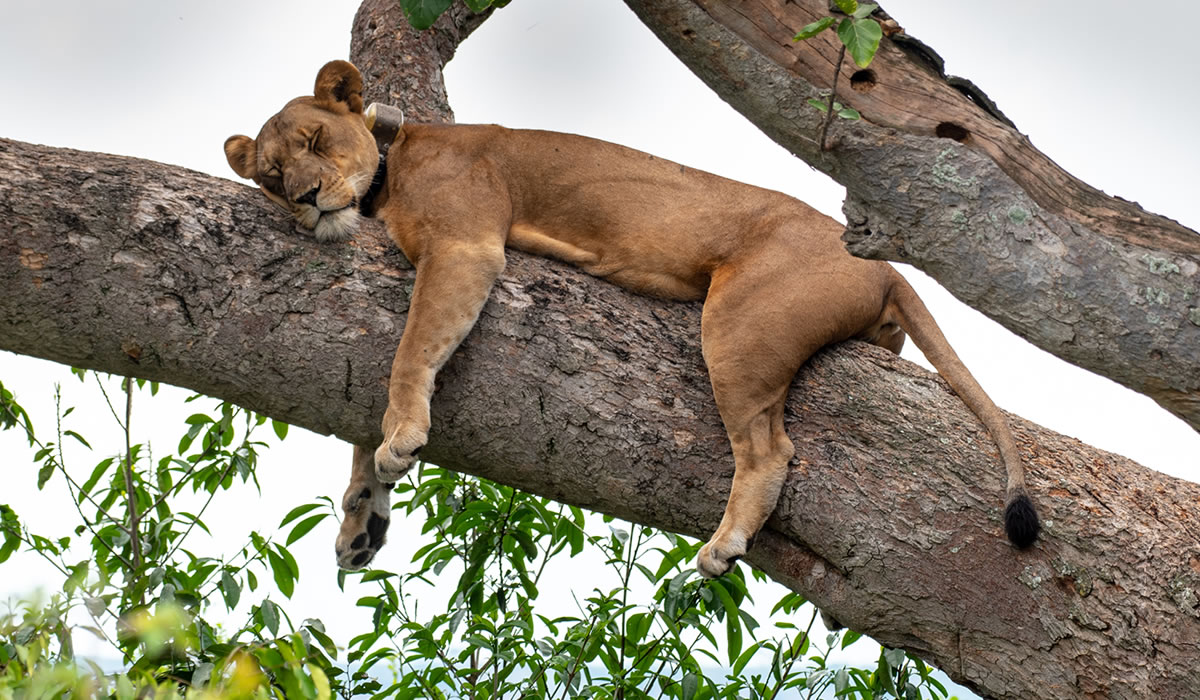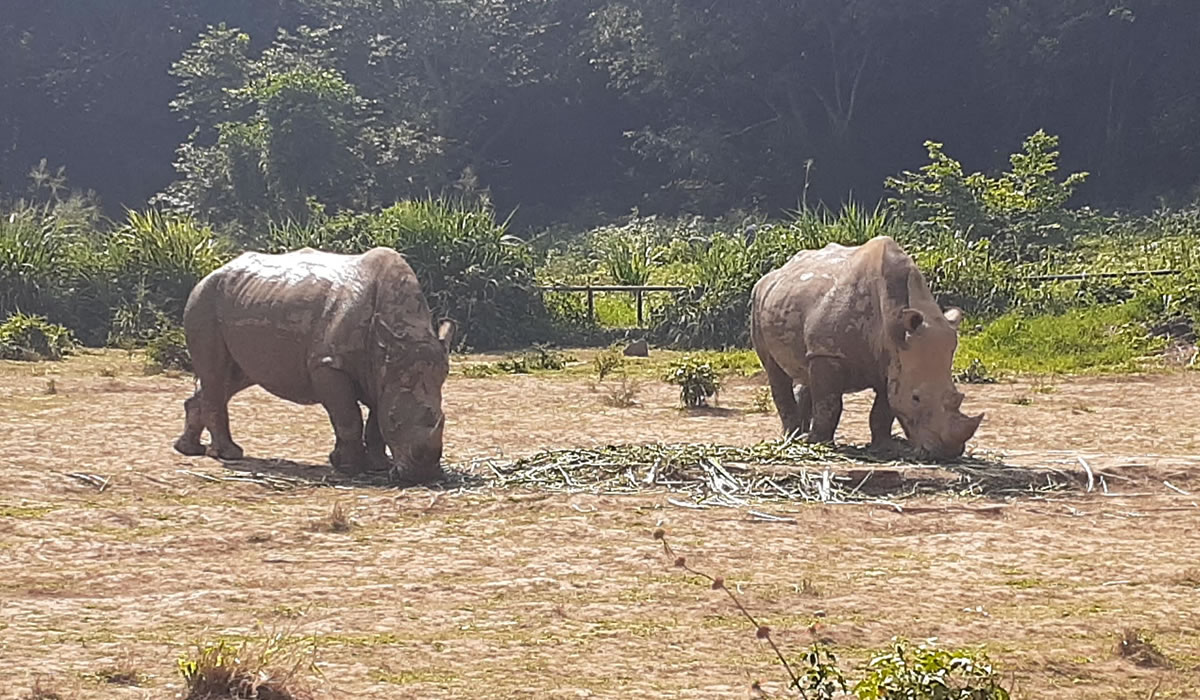Lake Mburo National Park is conveniently located close to the western high way that connects…

Bwindi Impenetrable National Park, located in southwestern Uganda, is one of the most famous and ecologically rich habitats for the endangered mountain gorilla (Gorilla beringei beringei). The park, a UNESCO World Heritage Site, is home to nearly half of the world’s remaining population of mountain gorillas, making it an essential area for their conservation. Bwindi is known for its dense forests, steep hills, and rich biodiversity, offering a sanctuary for these majestic primates. There are several habituated gorilla families in Bwindi that can be visited by tourists as part of Uganda’s gorilla trekking experiences. These families have been carefully monitored and habituated to human presence, offering visitors the rare opportunity to observe them in their natural habitat.
Overview of Gorilla Families in Bwindi
As of now, there are several gorilla groups in Bwindi Impenetrable National Park, each with its own unique dynamics, ranging from dominant silverbacks to playful young gorillas. The families are spread across four main sectors of the park: Buhoma, Ruhija, Nkuringo, and Rushaga. Below is a detailed look at the gorilla families in each sector:
1. BUHOMA SECTOR
Buhoma is the northernmost sector of Bwindi Impenetrable National Park and one of the most popular areas for gorilla trekking. It is home to several habituated gorilla families, including some of the oldest and most iconic groups.
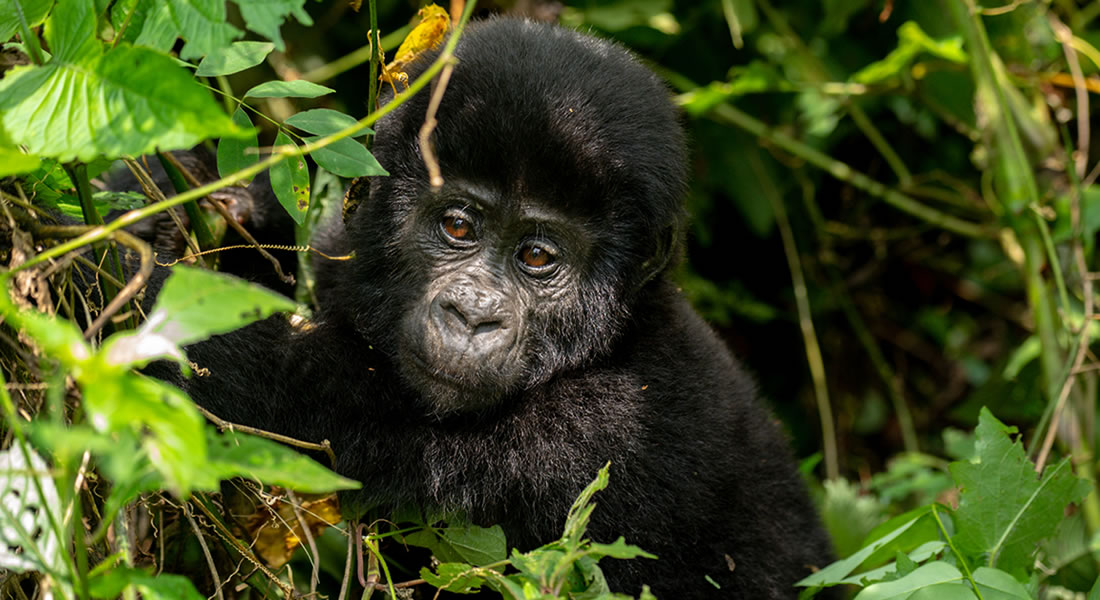
-
Mubare Family.
Habituation: First habituated in 1998.
Group Size: 9 individuals (as of 2024).
Silverback: Kanyonyi (dominant silverback).
Family Dynamics: This is the oldest group in Uganda which was opened back in 1993 under the leadership of Ruhondeza. Kanyonyi later took over from Ruhondeza and the latter left depressed and lived a solitary life until he passed on and his grave can be located by the guides. The group has decreased over the years from 18 members to 8 members now due to death and member migration to other groups which makes it the smallest gorilla family in Buhoma –Bwindi. It is the easiest to track because of its location.
Notable Members: The family includes several adult females, subadult males, and young infants. The group is known for its adventurous nature and often moves between different parts of the Buhoma sector.
-
Habinyanja Family.
Habituation: First habituated in 1997.
Group Size: 17 individuals (as of 2024).
Silverback: Rwansigazi (dominant silverback).
Family Dynamics: Habinyanja was one of the first families to be habituated for tourism and has had a stable structure for many years. The family’s name, meaning “a place of water,” refers to the family’s home near a stream in the Buhoma area. Rwansigazi is a charismatic and calm leader. The family often interacts with nearby groups and is known for its social cohesion.
Notable Members: The group includes several adult females, subadults, and infants, with a relatively high birth rate in recent years.
-
Rushegura Family.
Size: 20 individuals
Dominant Silverback: Mwirima
Overview: This is one of the biggest groups with 20 members and 1 silver back [Mwirima] living in Buhoma. Mwirima and his other colleagues separated from the larger Habinyanja in 2002 and formed the now Rushegura family.
-
Katwe Family
Size: 7 individuals
Dominant Silverback: Katwe
Overview: A relatively new group introduced to tourism in 2018. They reside in the Buhoma sector and offer intimate encounters due to their smaller size.
2. RUHIJA SECTOR.
Ruhija, located in the eastern part of Bwindi, is another important sector with several habituated mountain gorilla families. The sector is less crowded, providing a more intimate trekking experience.
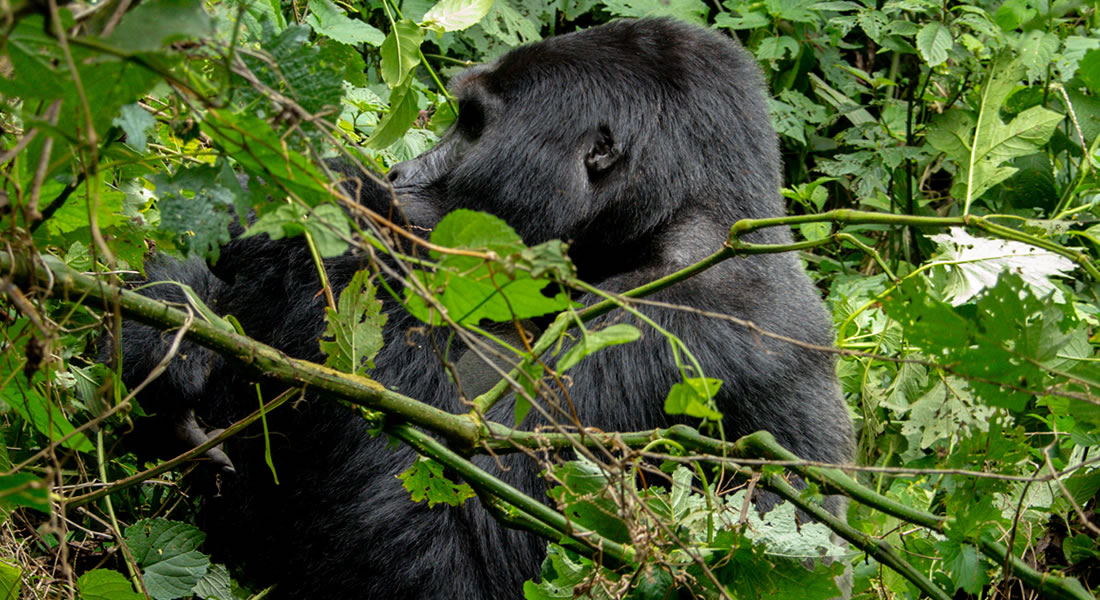
-
Oruzogo Family.
Habituation: First habituated in 2011.
Group Size: 24 individuals (as of 2024).
Silverback: Bakwate (dominant silverback).
Family Dynamics: Oruzogo is one of the larger families in Bwindi and is known for its playful and energetic nature. Bakwate, the dominant silverback, is an experienced leader who has successfully guided the group through various challenges. The family has a significant number of young gorillas, making it a favorite for visitors who want to see playful infants.
Notable Members: In addition to Bakwate, the group includes adult females, juveniles, and several infants. The Oruzogo group is known for being very active and is often spotted in the treetops or on the forest floor.
-
Bitukura Family.
Size: 13 individuals
Dominant Silverback: Ndahura
Overview: Named after a river where the family was first spotted, this group was habituated in 2008. The Bitukura family is known for its peaceful interactions and a relatively balanced social structure. It is the most recent group with 13 members including 4 silver backs in Ruhija. The group was named after the river near their territory. It is under the leadership of Ndahura who took over from the now retired karamuzi. Lodging facilities are a bit expensive in this area.
-
Kyaguliro Family
Habituation: First habituated in 2003.
Group Size: 10 individuals (as of 2024).
Silverback: Tito (dominant silverback).
Family Dynamics: The Kyaguliro family is a smaller group in Ruhija, but it’s very close-knit and peaceful. Tito, the dominant silverback, is a gentle leader known for his calm demeanor. The family is often seen in the lower slopes of the Ruhija area, where they forage in the dense forest.
Notable Members: Kyaguliro has a mix of adults and young gorillas, and the group tends to keep a low profile compared to other families.
3. RUSHAGA SECTOR.
The Rushaga sector is located in the southernmost part of Bwindi Impenetrable National Park and has the highest concentration of gorilla families. The sector is famous for its relatively easy trekking routes and the opportunity to track multiple families.

-
Nshongi Family.
Habituation: First habituated in 2011.
Group Size: 28 individuals (as of 2024).
Silverback: Nshongi (dominant silverback).
Family Dynamics: The Nshongi family is the largest group in Bwindi. Nshongi, the silverback, is an experienced and protective leader. The group is well-known for its social interactions, and visitors often see the family interacting in the dense undergrowth or along the forest paths. Nshongi’s leadership style is both firm and nurturing, making the family’s dynamic particularly interesting to observe.
Notable Members: The group is diverse, including multiple adult females, subadults, and a number of playful infants. The large size of the family often means visitors can witness a wide range of behaviors.
-
Busingye Family
Habituation: First habituated in 2012.
Group Size: 12 individuals (as of 2024).
Silverback: Busingye (dominant silverback).
Family Dynamics: The Busingye family is known for its peaceful and cooperative nature. Busingye, the dominant silverback, is a relatively calm and strategic leader who maintains a peaceful environment within the group. The family frequently interacts with other groups and often shares its territory with neighboring families.
Notable Members: Busingye’s family includes several adult females, juvenile males, and a few infants. The group is generally seen foraging together or resting under the dense canopy.
-
Mishaya Family.
Size: 12 individuals
Dominant Silverback: Mishaya
Overview: This consists of 12 members under the leadership of 1 silver back Mishaya living in Rushaga. Following a dispute they split from Nshongi family in 2010. Mishaya has been spotted in fights with other gorilla families trying to win female gorillas to his side.
-
Kahungye Family.
Size: 17 individuals
Dominant Silverback: Gwigi
Overview: This is found in Rushaga with 17 members including 3 silver backs under the leadership of Rumansi. They formerly stayed with some members of Busingye family before they split and formed another group “Busingye”. It was opened for visitors in 2011.
-
Bweza Family.
Size: 11 individuals
Dominant Silverback: Bweza
Overview: This was formerly part of the greater nshongi, the group comprises of 12 members with 2 silver backs and stays in Rushaga. It was opened to visitors in 2012.
-
Bikingi Family.
This is exclusive for gorilla habituation experience, its habituation commenced in 2012 in Rushaga. The group has 15 members with 1 silver back.
4. NKURINGO SECTOR.
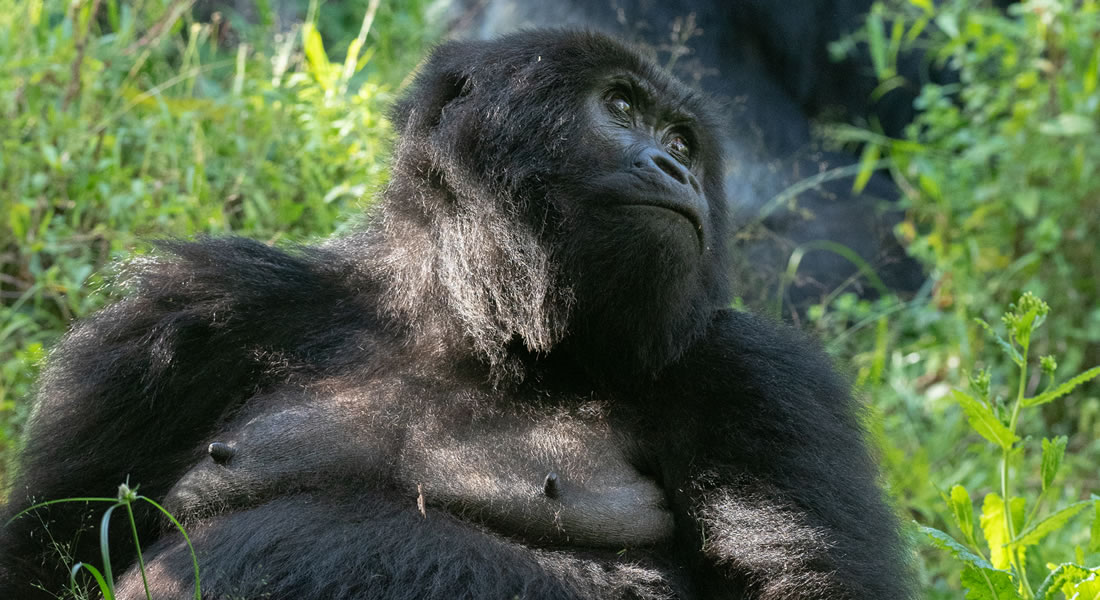
-
Nkuringo Family
Habituation: First habituated in 2004.
Group Size: 19 individuals (as of 2024).
Silverback: Rafiki (deceased in 2020, succeeded by new silverback, Nkuringo).
Family Dynamics: The Nkuringo family is one of the most famous and was led for many years by the beloved silverback Rafiki, who tragically passed away in 2020. The family is now led by the silverback Nkuringo, a younger but capable leader. The group is known for its resilience and has adapted well to the loss of Rafiki.
Notable Members: The Nkuringo family includes several adult females, juveniles, and infants. Visitors are often struck by the group’s territorial nature and strong family bonds.
-
Bushaho Family.
Size: 9 individuals
Dominant Silverback: Bahati
Overview: Thought to have splintered from the Nkuringo family, the Bushaho group offers treks through dense forests and rolling hills.
-
Christmas Family
Size: 9 individuals
Dominant Silverback: Christmas
Overview: Named after its leader, who was born on Christmas Day, this group was habituated in 2016 and is among the park’s most engaging families.
-
Kutu Family
Habituation: First habituated in 2018.
Group Size: 11 individuals (as of 2024).
Silverback: Kutu (dominant silverback).
Family Dynamics: Kutu’s family is relatively new in terms of habituation, and the group is still adapting to human presence. However, they have shown significant progress in becoming accustomed to tourists. Kutu, the silverback, has a calm and gentle nature and has proven to be a capable leader.
Notable Members: The family includes young gorillas and a few adults, and it is known for being a quieter and more reserved group.
Bwindi Impenetrable National Park is a true haven for mountain gorillas. Each of the Gorilla Families in Bwindi family offers a unique glimpse into the life of these incredible creatures. Whether it’s the older, established groups like Mubare and Habinyanja, or the younger, rapidly growing families like Oruzogo and Kutu, each trek provides a memorable and meaningful experience. Tracking these gorilla families in their natural habitat not only contributes to the conservation of the species but also offers an unparalleled opportunity for eco-tourism. Visitors to Bwindi not only get to observe gorillas in their daily lives, but they also help fund ongoing conservation efforts that ensure these majestic primates have a future in the wild.


